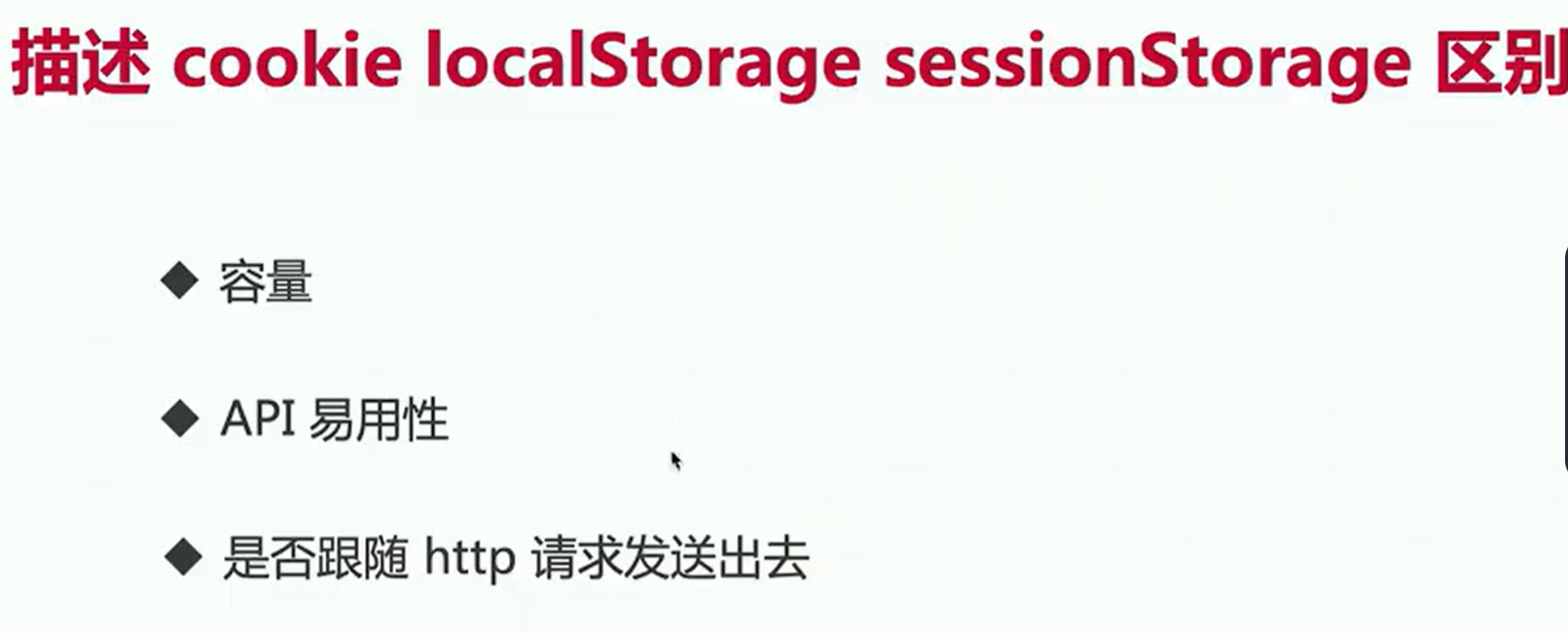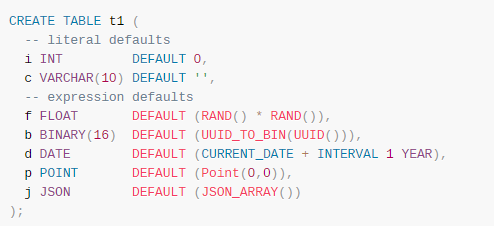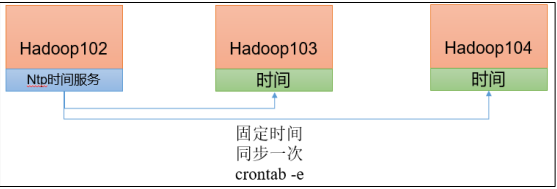Lecture 1:OOP and UML Class DiagramsOOP with Java
OOP 和 UML 类图 OOP 与 Java
Object-Oriented Programming 面向对象编程

Class Hierarchies 类层次结构
Superclass and subclass
超类和子类

Pillars of Object-Oriented Programming 面向对象编程的支柱
- Abstraction
– Modelling attributes and behaviors of real objects, in specific contexts
抽象——对真实对象的属性和行为进行建模,具体来说

-
Encapsulation
– Hiding parts of an object’s states and behaviors from others, and exposing a limited set of interfaces
– public, private, and protected
– Interfaces and abstract classes
封装
— 隐藏对象的部分内容和来自他人的状态和行为,并公开一组有限的接口
– 公共、私有和受保护
– 接口和抽象类 -
Inheritance
– Main benefit: code reuse
继承
— 主要好处:代码重用 -
Polymorphism
– Performing an action in many forms
– A mechanism for detecting the real class of an object and call its implementation
多态性
多种形式执行一个动作
一种检测对象的真实类并调用其实现方法的机制

OOP with Java: Declaring Classes and Creating Objects Java 的 OOP:声明类和创建对象
-
Class declaration
类声明

-
Creating objects
创建对象- Declaration, instantiation, initialization
声明、实例化、初始化

- The reference returned by the new operator does not have to be assigned to a variable
new 运算符返回的引用不必分配给变量
- Declaration, instantiation, initialization
OOP with Java: Access Control Java 的 OOP:访问控制
- At the top level
在顶层
– public, or package-private (no explicit modifier)
公共或包私有(无显式修饰符) - At the member level
在成员级别
– public, private, protected, or package-private (no explicit modifier)
public、private、protected 或 package-private(无显式修饰符)
OOP with Java: Inheritance Java 中的 OOP:继承
-
Classes can be derived from other classes, inheriting fields and methods
类可以从其他类派生,继承字段和方法 -
Definitions
定义
– Subclass (derived class/extended class/child class)
– Superclass (base class/parent class)
– 子类(派生类/扩展类/子类)
– 超类(基类/父类) -
Every class has one and only one direct superclass (single inheritance)
每个类都有一个且仅有一个直接超类(单继承)
– Excepting Object, which has no superclass
除了Object,它没有超类 -
A subclass inherits all the members (fields, methods, and nested classes) from its superclass
子类继承其超类的所有成员(字段、方法和嵌套类)
OOP with Java: What You Can Do in a Subclass Java 的 OOP:在子类中可以做什么
Use the inherited members as is, replace them, hide them, or supplement them
按原样使用继承的成员、替换它们、隐藏它们或补充它们
- Declare a field in the subclass with the same name as the one in the superclass, thus hiding it (NOT recommended)
– 在子类中声明一个与超类中的字段同名的字段,从而隐藏它(不推荐) - Write a new instance method in the subclass that has the same signature as the one in the superclass, thus overriding it
– 在子类中编写一个新的实例方法,其签名与超类中的字段相同,从而覆盖它 - Write a new static method in the subclass that has the same signature as the one in the superclass, thus hiding it
–在子类中编写一个新的静态方法,该方法与超类中的静态方法具有相同的签名,从而隐藏它 - Write a subclass constructor that invokes the constructor of the superclass
– 编写一个调用超类构造函数的子类构造函数
How about private members in a superclass?
OOP with Java: Abstract and Final Methods/Classes Java 的 OOP:抽象和最终方法/类
- An abstract class is a class declared abstract: it may or may not include abstract methods
抽象类是声明为抽象的类:它可能包含也可能不包含抽象方法 - An abstract method is a method declared without an implementation
抽象方法是声明但没有实现的方法 - Final methods and classes
最终方法和类
Methods called from constructors should generally be declared final
– 从构造函数调用的方法通常应声明为final
OOP with Java: Interfaces Java 的 OOP:接口
- Interfaces are contracts
接口是契约 - A reference type, containing only constants, method signatures,default methods, static methods, and nested types
引用类型,仅包含常量、方法签名、默认方法、静态方法和嵌套类型 - Cannot be instantiated
无法实例化
– They can only be implemented by classes or extended by other interfaces
– 它们只能由类实现或由其他接口扩展 - Consisting of modifiers, keyword, interface name, a comma-separated list of parent interfaces (if any), and the interface body
由修饰符、关键字、接口名称、以逗号分隔的父接口列表(如果有)和接口主体组成 - Interface body can contain abstract methods, default methods,and static methods
接口体可以包含抽象方法、默认方法和静态方法
OOP with Java: Implementing and Using Interfaces 使用 Java 进行 OOP:实现和使用接口
- Include an implements clause in the class declaration
在类声明中包含 implements 子句
– Your class can implement more than one interface
– 你的类可以实现多个接口 - If you define a reference variable whose type is an interface,any object you assign to it must be an instance of a class that implements the interface
如果定义类型为接口的引用变量,则分配给它的任何对象都必须是实现该接口的类的实例
OOP with Java: Abstract Classes vs. Interfaces Java 中的 OOP:抽象类与接口
-
Consider using abstract classes when
考虑使用抽象类
– You want to share code among several closely related classes
– 您希望在几个紧密相关的类之间共享代码
– You expect that classes extending the abstract class have many common methods or fields, or require access modifiers other than public
– 您希望扩展抽象类的类具有许多通用方法或字段,或者需要除 public 之外的访问修饰符
– You want to declare non-static or non-final fields
— 您想要声明非静态或非最终字段 -
Consider using interfaces when
考虑使用接口
– You expect that unrelated classes would implement your interface
– 您希望不相关的类实现您的接口
– You want to specify the behavior of a particular data type, but not concerned about who implements its behavior
– 您想要指定特定数据类型的行为,但不关心谁实现其行为
– You want to take advantage of multiple inheritance
– 您想要利用多重继承











